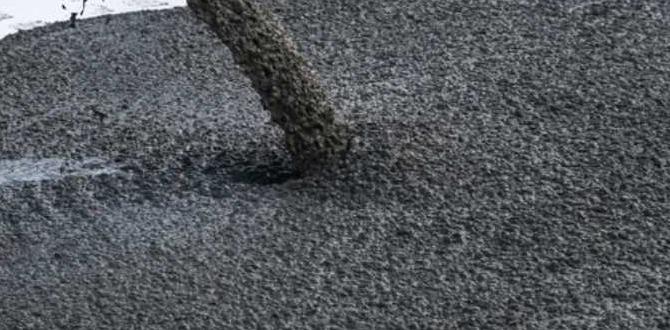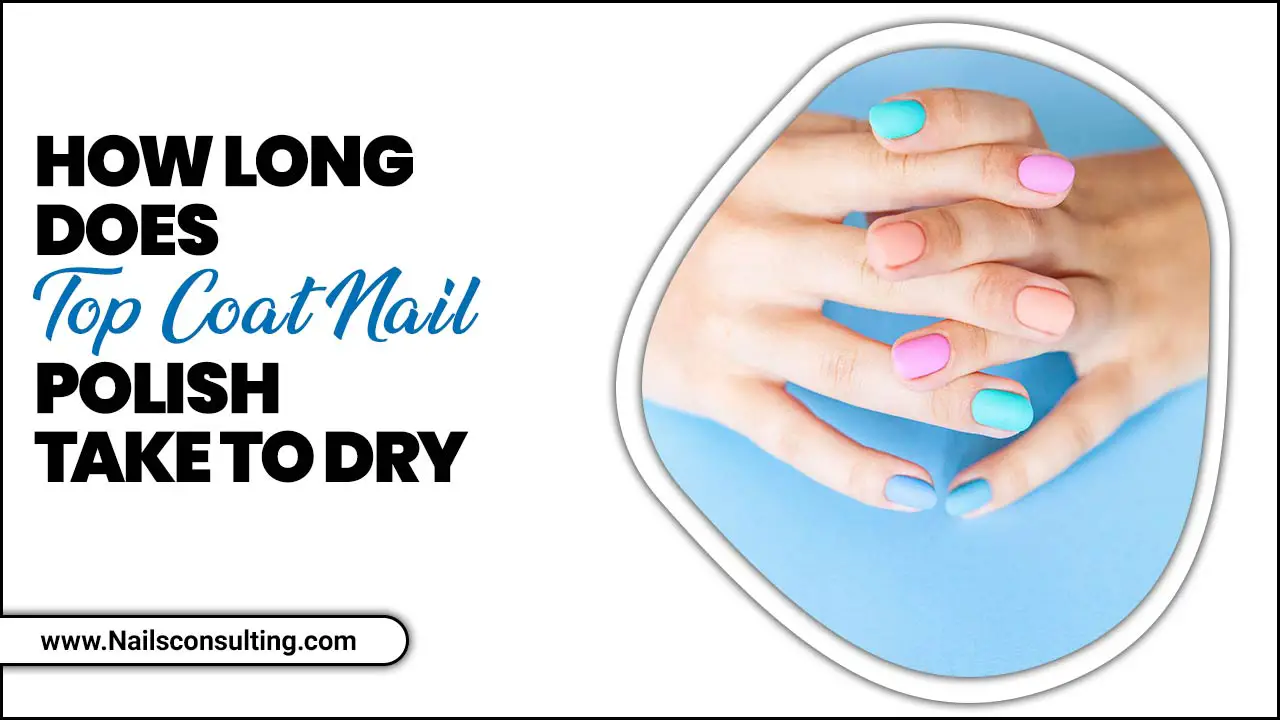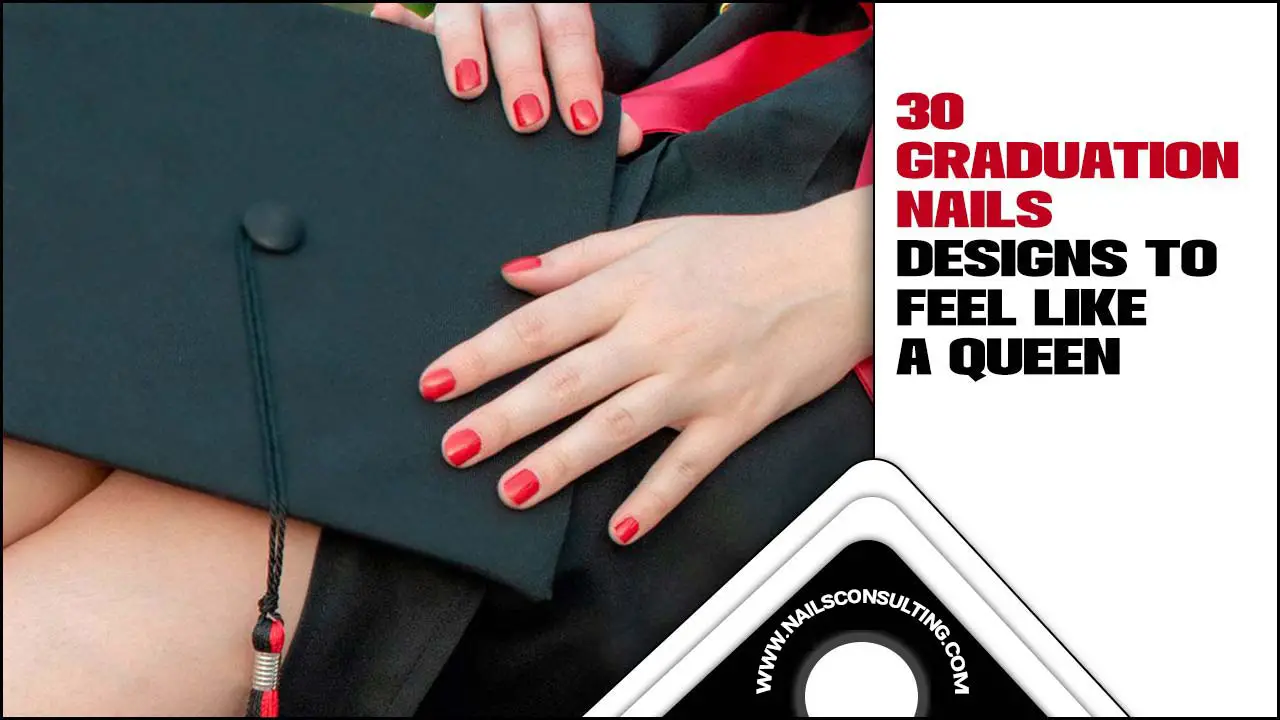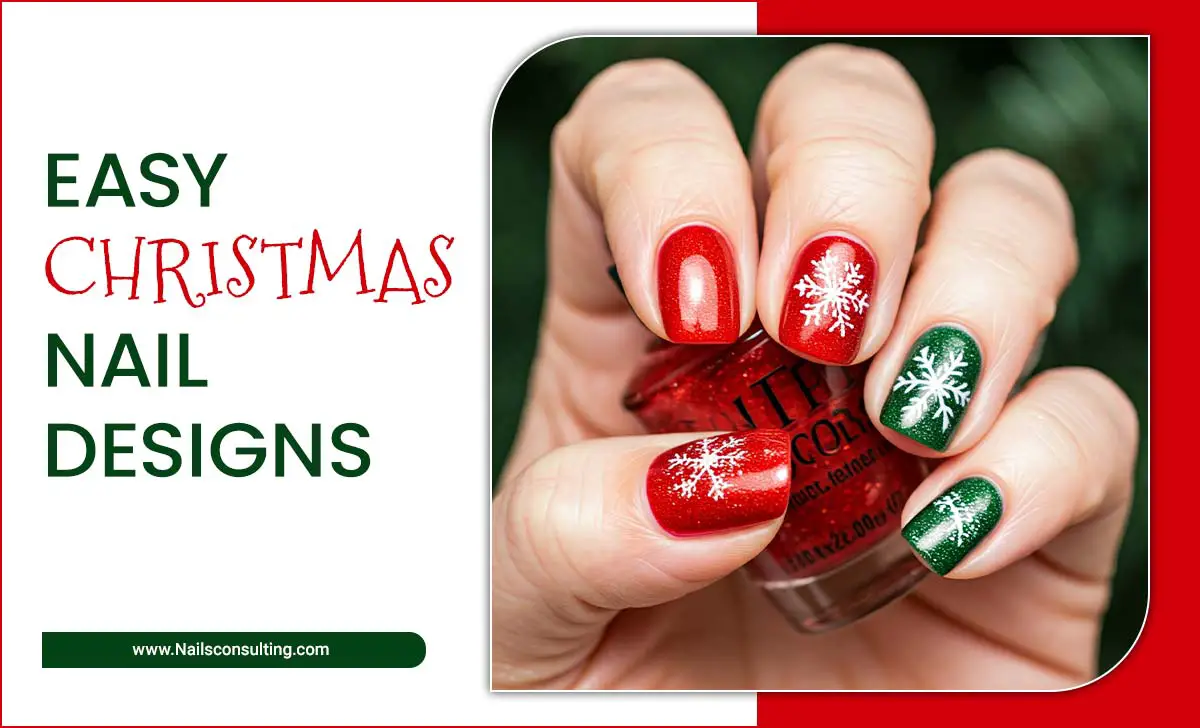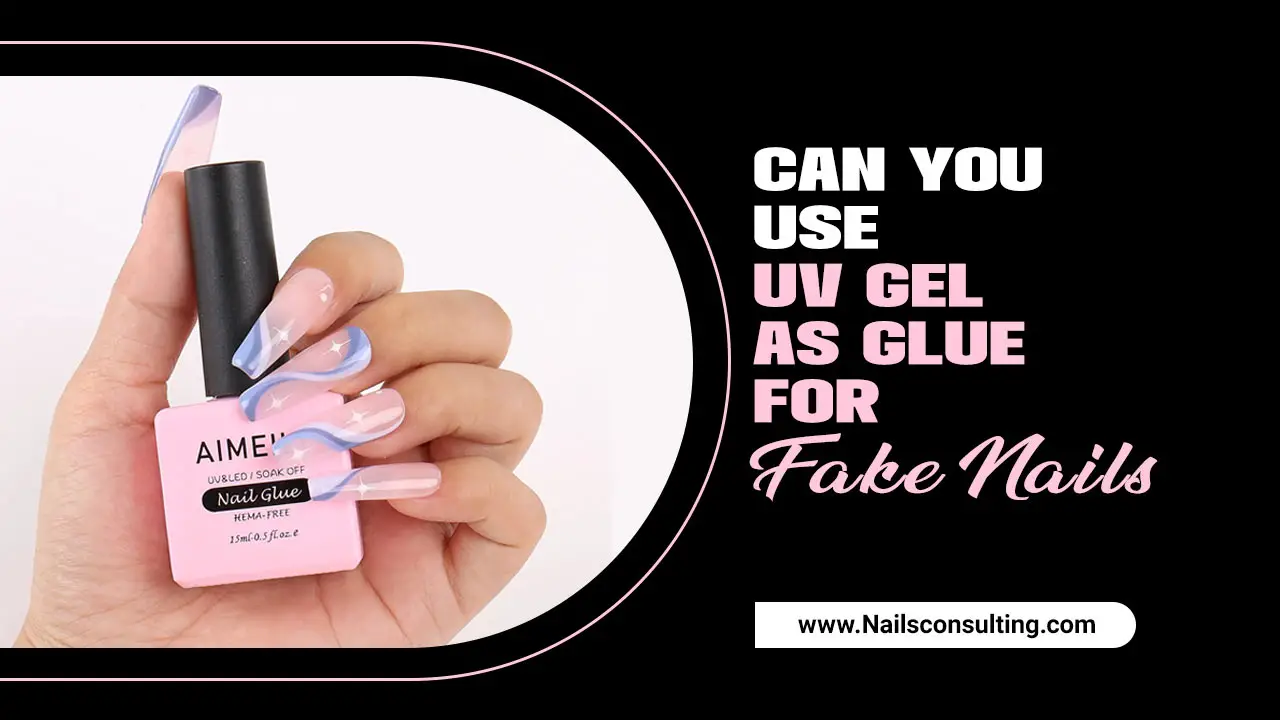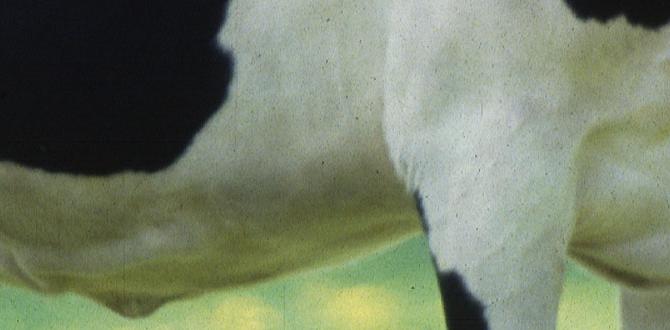Nail design ideas for beginners without tools are completely achievable! You can create stunning, effortless looks with just your nail polish and household items. Discover simple techniques that require no special equipment, making chic, personalized manicures accessible to everyone.
Ever look at beautiful nail art and think, “There’s no way I can do that”? You’re not alone! Many of us dream of showing off stylish nails but feel intimidated by complex designs and the need for fancy tools. It can be frustrating to want to express your creativity but feel limited by what you have on hand. But guess what? Creating gorgeous nail art doesn’t have to be complicated or expensive.
You can unlock a world of beautiful, easy nail designs using items you probably already own. Forget the dotting tools, striping brushes, and fancy gels for a moment. We’re going to explore how to achieve impressive results with the simplest things. Get ready to discover how effortless getting creative with your nails can be.
This guide will walk you through simple, proven techniques. You’ll learn how to transform your nails into mini masterpieces without any special equipment. Let’s dive in and prove that amazing nail art is within everyone’s reach!
Achieving Stunning Nail Designs Without Any Tools: Your Beginner’s Guide
Welcome to the wonderful world of no-tool nail art! It’s time to banish the idea that intricate designs require a professional setup or a hefty investment in specialized tools. Your own hands, a few bottles of nail polish, and some everyday items are all you need to create eye-catching manicures. We’ll explore how to use basic techniques to achieve polished and creative looks right at home.
The beauty of these methods is their simplicity. They are designed for anyone who wants to add a little flair to their nails without the learning curve of complex art techniques. Whether you’re a complete beginner or just looking for quick, stylish ideas, these tips will help you elevate your nail game. Let’s get started on turning your nails into your favorite accessory!
The Magic of Basic Polish Techniques
Sometimes, all it takes is a little creativity with your existing nail polish. Many beautiful designs can be achieved using just different colors and a steady hand. Here are some fundamental techniques that require no additional tools, just your polishes and patience.
1. The Gradient or Ombre Effect
This is a stunning technique that looks incredibly professional but is surprisingly easy to do. An ombre effect blends two or more colors seamlessly. You can achieve this using a makeup sponge or even your fingertip.
How to do it:
- Start with a base coat and let it dry completely.
- Apply your lightest nail polish color to your nail and let it dry. This will be the base for your gradient.
- On a clean surface (like aluminum foil) or a makeup sponge, apply stripes of two or more polish colors next to each other.
- Gently dab the sponge or your fingertip onto the colors, picking them up.
- Lightly dab the sponge or your fingertip onto your nail, blending the colors together. You might need a few dabs to build up the intensity.
- Clean up any polish that got onto your skin with a cotton swab dipped in nail polish remover.
- Apply a top coat to seal the design and add shine.
2. The Two-Tone Color Block
This is a chic and modern look that’s super simple to create. It involves painting sections of your nail with different solid colors.
How to do it:
- Apply your base color and let it dry thoroughly.
- Decide where you want your dividing line to be (e.g., diagonally, horizontally, or in a V-shape at the tip).
- Carefully paint the second color in your desired section. Aim for clean lines.
- If you’re having trouble getting a crisp line without tape, don’t worry! You can let the first color dry completely, then gently (and carefully!) use a fine-tipped brush or even the edge of a toothpick to clean up any stray bits or to refine the line once the second color is dry. Precision comes with practice!
- Once dry, apply a top coat.
3. The Classic French Tip (No Guide Needed!)
The French manicure is timeless. While guides make it easier, you can achieve a neat French tip with a steady hand and a bit of practice.
How to do it:
- Apply a sheer nude or pink polish as your base and let it dry.
- Dip the tip of your nail into the white polish. Start from one side and smoothly arc across to the other side.
- Alternatively, if you want a cleaner line and find dipping tricky, you can use the polish brush itself. Paint a white stripe where you want the tip to begin.
- For very precise lines, let the white polish dry fully. Then, carefully use a fine brush dipped in your base color to clean up the edge of the white tip, creating a sharp line.
- Seal with a top coat.
Everyday Items as Your Nail Art Tools
You’d be amazed at what common household items can do for your nail art. These are budget-friendly and readily available, making DIY nail design accessible to absolutely everyone.
1. Toothpicks: The Tiny Dotting Tool Alternative
Toothpicks are arguably the most versatile no-tool item for nail art. Their fine, pointed tip is perfect for creating small dots, delicate lines, and even tiny shapes.
How to do it:
- Dip the tip of a toothpick into your chosen polish color. Wipe off any excess.
- Gently touch the tip to your nail to create a dot.
- For lines, hold the toothpick at an angle and gently drag it across the nail.
- You can use different colors to create patterns, flowers, or even outlines.
- Keep a few toothpicks handy as different pigments might clog the tip.
2. Bobby Pins: For Bigger Dots and Small Swirls
The rounded end of a bobby pin can be used to create larger dots or even small, freehand swirls.
How to do it:
- Dip the rounded end of a clean bobby pin into your nail polish.
- Press the tip onto your nail to create a larger dot.
- You can also try gently swirling the polish with the bobby pin for abstract designs.
3. Old Pens (Cleaned): For Lines and Details
A ballpoint pen that’s been cleaned and dried out can sometimes serve as a rough guide for lines if you’re careful.
How to do it:
- Ensure the pen is completely clean and dry.
- Dip the metal tip of the pen into your polish.
- Use it to draw lines or add details. This requires a very steady hand and is best for thicker lines since the tip isn’t as fine as a toothpick.
4. The Sponge (Makeup Sponges or Kitchen Sponges): For Ombre and Texture
As mentioned for the ombre effect, sponges are fantastic for smooth color blending and creating unique textures.
How to do it (Textured Look):
- Apply a base coat.
- Before the base coat is fully dry, lightly dab a sponge into a contrasting polish color.
- Gently dab the sponge onto your nail. This creates a speckled or textured effect.
- You can layer colors or build up intensity.
5. Your Own Fingertip: For Smudging and Abstract Blends
Sometimes, your finger is the best tool for a smudged or abstract look. It can create soft, blended effects that are hard to replicate otherwise.
How to do it:
- Apply two colors side-by-side without waiting for them to dry fully.
- Use your fingertip to gently blend them together where they meet for a soft gradient effect.
- This works well for abstract, painterly designs.
Easy & Chic Nail Design Ideas to Try Next
Now that you know the techniques and have some “tools” in mind, let’s explore some specific design ideas that are perfect for beginners.
1. Polka Dots Galore!
The classic polka dot is a beginner’s best friend. Use a toothpick or the end of a bobby pin to create them.
- Base: Any solid color you love.
- Dots: A contrasting color.
- Technique: Dip your tool in polish and dot away! Mix sizes for a playful look or keep them uniform for elegance. You can place them all over, in a specific pattern, or just on the tips.
2. The Simple Stripe
Vertical or horizontal stripes add instant sophistication. Use a toothpick or the tip of a pen for this.
- Base: A light or bold color.
- Stripes: A contrasting shade.
- Technique: After the base is dry, carefully draw lines with your chosen tool. For very thin, precise lines, let the base color dry completely.
3. The “Splatter” Effect
This looks artistic and is incredibly forgiving. It’s a variation of the sponge technique.
- Base: A solid color.
- Splatter: One or more contrasting colors.
- Technique: On aluminum foil, place a few drops of your splatter colors. Dip a stiff brush (like an old toothbrush, or even the edge of a bobby pin flicked with polish) into one color and tap it onto your nail. Repeat with other colors.
4. The Minimalist Accent Nail
Why not focus all the design magic on just one nail? This is perfect for when you want something special but are short on time.
- Paint all nails with a solid color.
- On one accent nail (usually the ring finger), add a few dots, a simple stripe, or a small heart shape using a toothpick.
5. The “Half-Moon” Manicure
This retro-inspired look is easy to achieve by painting the bottom half of your nail in one color and the top half in another.
- Base: Your first color. Paint the bottom half (near the cuticle) of your nail.
- Second Color: Paint the top half of your nail. Try to create a clean, curved line where the two colors meet.
- This is a great design to practice your steady hand with polish brushes.
6. Glitter Fade
This is foolproof and always looks festive. It’s a great way to add sparkle without intricate patterns.
- Base: Any color, or even a clear coat.
- Glitter Polish: Your favorite glitter-packed polish.
- Technique: Apply your base color and let it dry. Then, apply glitter polish starting from the tip of your nail and gradually feathering it down towards the cuticle, leaving more glitter at the tip and less as you go down. The brush strokes should be light and airy.
Essential “Tools” and Products for Beginners
Even though we’re focusing on no-tool designs, having a few basic items will make your experience smoother and your results even better.
| Essential Item | Why You Need It | Where to Find It |
|---|---|---|
| Nail Polish Remover | For corrections and cleaning up mistakes. Crucial for fresh manicures. | Drugstores, beauty supply stores, supermarkets. |
| Cotton Swabs/Q-tips | For precise cleanup of polish that gets on your skin or cuticles after painting. Dip in remover. | Drugstores, supermarkets, pharmacies. |
| Top Coat | Seals your design, adds shine, and makes your manicure last longer. Essential for a polished look. | Drugstores, beauty supply stores. |
| Base Coat | Protects your natural nails from staining and helps polish adhere better and last longer. | Drugstores, beauty supply stores. |
| Nail Polish Colors | Your creativity fuel! Start with a few basics like red, black, white, and a nude, plus any colors you love. | Drugstores, beauty supply stores, online retailers. |
| Toothpicks | Your primary “tool” for dots and fine lines. | Grocery stores, convenience stores. |
| Makeup Sponges (optional) | For creating gradients and textured effects. | Drugstores, beauty supply stores. |
| Aluminum Foil (optional) | A clean surface for mixing colors or applying polish to a sponge. | Grocery stores. |
Tips for Success and Longevity
Even the simplest nail designs will look their best and last longer with a few smart practices.
- Prep Your Nails: Always start with clean, dry nails. Remove any old polish. Push back your cuticles gently. For smoother color application, buff your nails lightly.
- Thin Coats are Key: Avoid applying thick layers of polish. Two thin coats are almost always better than one thick one. They dry faster and are less likely to chip or smudge.
- Let Each Layer Dry: This is crucial. Be patient! Let your base coat dry completely before applying color, and let each color coat dry before adding the next layer or design. Don’t rush the top coat either.
- Clean Up is Your Friend: Don’t be afraid to use a cotton swab dipped in nail polish remover to clean up edges and tidy any polish that got onto your skin. This single step makes a huge difference in the final look.
- Seal the Deal with Top Coat: This is non-negotiable for a professional finish and added durability. Apply a thin, even layer over your entire design once it’s completely dry.
- Hydrate: Keep your cuticles moisturized with oil or lotion. Healthy cuticles make for healthy-looking nails and can prevent polish from chipping around the edges. According to the American Academy of Dermatology Association, proper nail care also includes moisturizing.
- Avoid Harsh Chemicals: When your nails are freshly painted, try to avoid prolonged contact with hot water or harsh cleaning chemicals, as these can weaken the polish and lead to chipping. Wearing gloves when doing chores is a great habit!
Troubleshooting Common Beginner Nail Art Issues
It’s okay if your first attempts aren’t perfect! Every nail artist has been a beginner. Here are some common hiccups and how to smooth them out.
- Smudged Polish: The most common problem! This happens when nails aren’t dry enough. If you smudge a wet design, try to gently smooth it with your fingertip or a toothpick. For a completely dry polish, it’s best to remove and start again, or try to camouflage it with a dot or small design.
- Chipped Polish: Often caused by thin or uneven coats, or forgetting the top coat. Ensure you cap the edges of your nails with your top coat to seal them.
- Uneven Lines/Dots: Patience and practice are key. For lines, try shorter strokes. For dots, aim for consistent pressure. Always have your cleanup tools (cotton swabs) ready.
- Polish Too Thick: If your polish is goopy, it’s old or has been left open too long. Try adding a drop or two of nail polish thinner (not remover!) to revive it.
- Colors Not Showing Up: Darker or vibrant colors offer better opacity. Using a white or light base coat under lighter or pastel colors can also make them pop more vibrantly.
Beyond the Basics: Inspiring More Complex Looks with Simple Tweaks
Once you’re comfortable with the basic techniques, you can start to combine them or add small, easy elements to create more complex-looking designs.
Combining Techniques:
- Ombre with Dots: Create a beautiful ombre effect on your nails. Once dry, use a toothpick to add small white or black dots on top. This adds a fun, layered look.
- Color Block with French Tips: Paint the bottom half of your nail in one color, and the top half (the tip) in another. This is a sophisticated take on the French manicure.
- Glitter Accent on a Gradient: Do a two-color gradient on most nails, then use a glitter polish on just the tips or as an accent line on one nail.
Adding Simple Accents:
- Tiny Heart: Using a toothpick, make two small dots close

